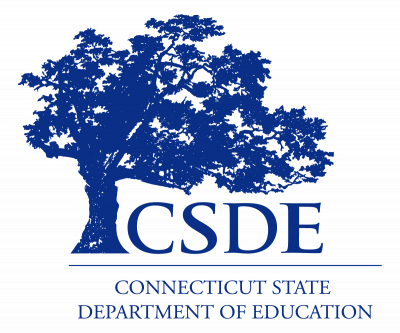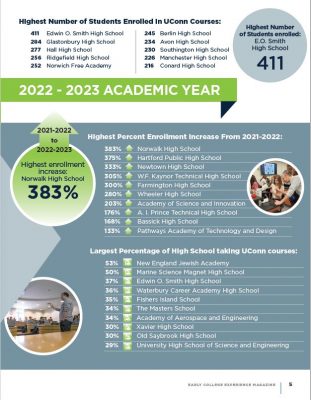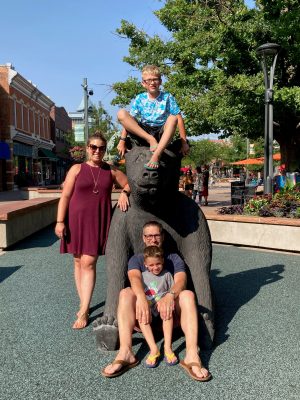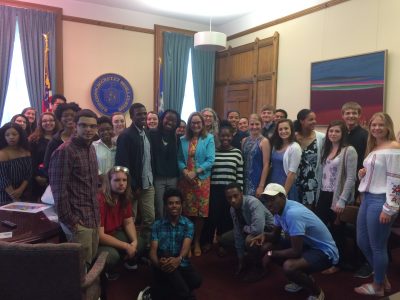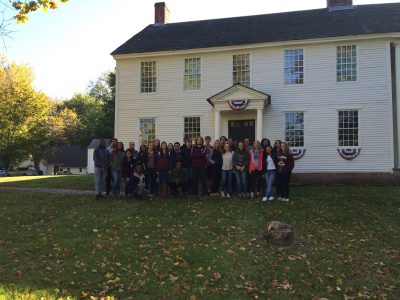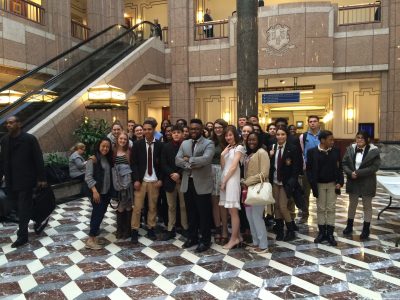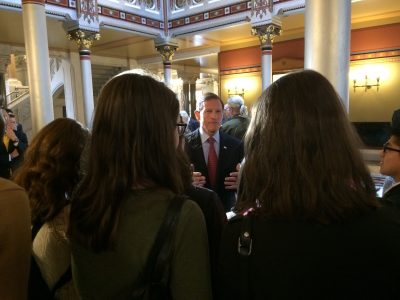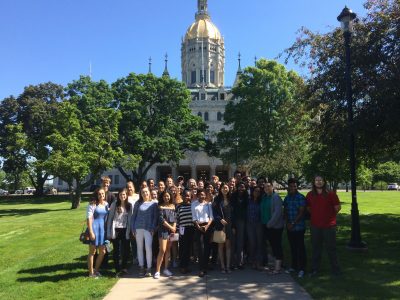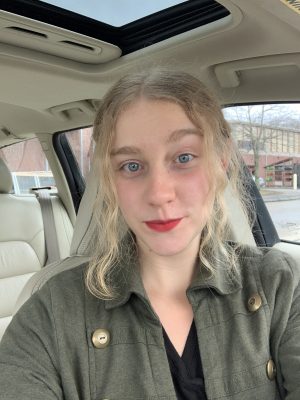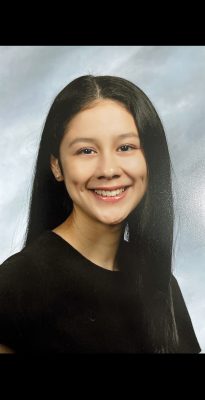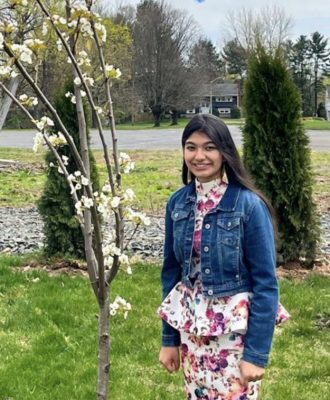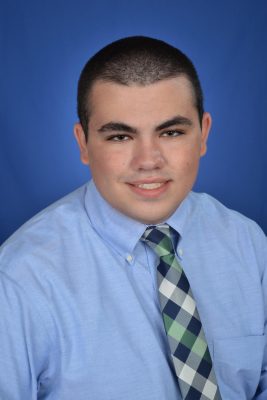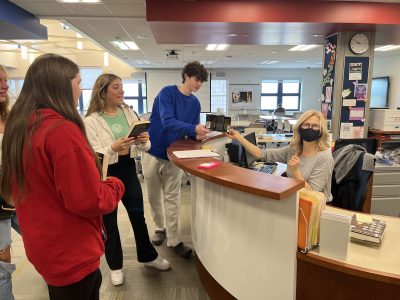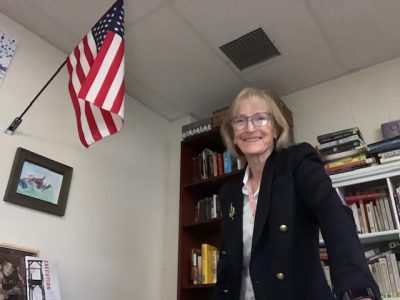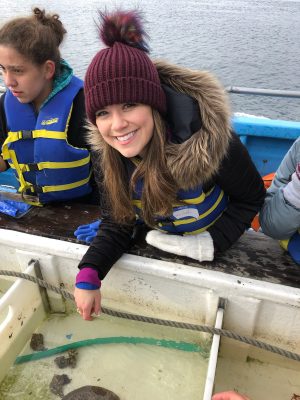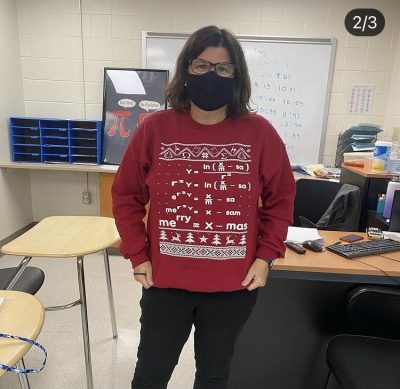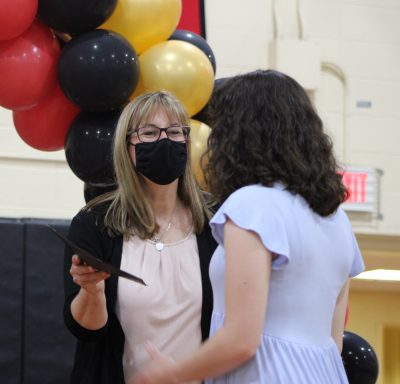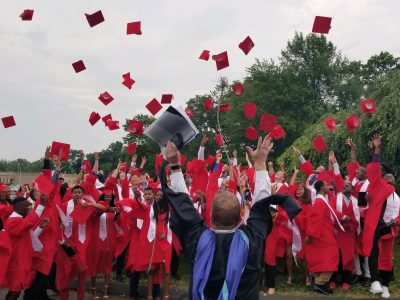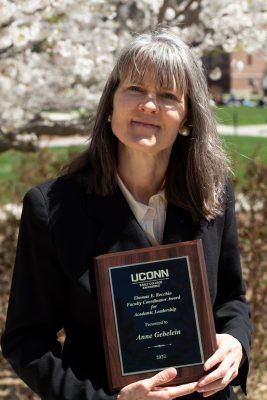By Sean Frederick Forbes, Ph.D., Director, Creative
Writing Program, UConn English Department,
Julia Brush, and Daniel Healy
“Get up, stand up, don’t give up the fight” is a phrase commonly synonymous with the 1973 reggae song “Get Up,
Stand Up” by Bob Marley and The Wailers, and it serves as inspiration for turning one’s spirit into action. For a poet,
this action can be crafting lines of poetry. As my fellow judges, Julia Brush and Daniel Healy, both poets and PhD
candidates in English at UConn, and I read through 98 five-page poetry packets for the 2022 ECE Wallace Stevens
Poetry Contest, it was clear that many students had been, and continue to be, inspired to write.
Julia, Daniel, and I selected poetry packets by Kaylin Maher, Matias Peña, and Lily Bolash, as the first, second, and third prize winners, respectively. The three of us have written brief introductions about each winning poetry packet: Julia writes about Kaylin’s, Daniel focuses on Lily’s, and I discuss Matias’. Kaylin Maher’s poems belong firmly within the world within the body, often collapsing the two together through intimate portraits of families. In “Envy,” Maher tells of a grandmother proudly sharing her jade plants and their steadfastness whose grandchildren “promised that our ribs would prod/through our chests before we let our jades tarnish,” uniting the body, time, and protection as many of her poems do. Maher’s poems suggest strength even in moments of pain, sorrow, and regret. With challenge, there is opportunity, and the body is poised not only in the past, but into the future, which has its own plans: “I stare at the crack of his palm,/the color of smashed bone/bolts of royal blue veins//that thumb the ridge of the cup/and I realize it looks a lot like mine.” What’s most striking in Matias Peña’s poems is the liminal world he creates for the reader in which one is on the threshold of the worldly and otherworldly. In “The Loss of Innocence: Exiled from the Garden of Eden,” he presents short narrative snapshots of the newfound sense of disbelief, fear, horror, and shame the Biblical figures of Adam and Eve experienced after they are banished from Eden: “And they wailed at the sight of horses running / from cheetahs bathing in their hunger / blades for teeth.” Peña’s speaker in “Hostas’ Lungs” creates a scene imbued with wondrous imagery such as “my lungs purified / blooming like sun rise / opening and re-opening / into vermillion hostas petals.” His poems are finely chiseled rare gems. Poetic form engages and encages possibility. It’s a vehicle for meaning, but building it takes a certain dilution of desire, reflection away from raw intent. Lily Bolash’s poems thread a powerful middle ground, where form joins something universal. Her work recalls the soft precision of early Adrienne Rich, less Lee Scratch Perry or Marley’s Catch a Fire in immediacy, and more the pure joy-in-song of post-The Harder They Come Jimmy Cliff. Bolash’s imagery still flashes hard through melody. Mineral meets herb; a crimson cardinal transfigures, transmigrates; treasure renders a violent glint to land and air already saturated with wonder itself beheld: “To all but mirror seems an Icarian crime/For pooled azure blood lies under winged condor/Reflecting wind of souls dyed breathless indigo.”
Information on the UConn ECE Wallace Stevens Poetry Contest can be found on our UConn ECE Wallace Stevens Poetry Contest page.
First place
Envy
By Kaylin Maher
I remember when Nana cooed tales of her longevity.
She showed us her rusted jades that managed
to withstand what our bodies could not.
We promised that our ribs would prod
through our chests before we let our jades tarnish.
I asked you to be my seamstress.
Make me your muse,
pluck the cellulite from my bones,
stitch my porcelain together.
The first time your spool and needle graced my thigh
I was twelve.
Even after you closed the seams
between my stretch marks,
I’d still pick at the parts
that spilled over my chair.
Don’t let skin seep through the sutures.
You’d watch my fork waltz around my plate.
I´d still butter my toast and wash my untainted silverware.
I couldn’t tell you how honey felt on my tongue,
what the tang of lemon tasted like,
or what was for supper last night.
All I could remember was
your calf was smaller than the leg of the kitchen table
and mine wasn’t.
Second Place
The Loss of Innocence
Exiled from the Garden of Eden
By Matias Peña
Forbidden fruit lost its skin
glowed from the sun’s kiss,
Satan’s scales gripping against Eve’s arms into dusk.
Sour satisfaction dripping down Adam and Eve’s
plump puckered lips
the tigers roaring at the sky falling.
The rivers are on fire.
And they wailed at the sight of horses running
from cheetahs bathing in their hunger
blades for teeth.
Jophiel blew the horn.
Open your innocent eyes
He is here to judge.
Third Place
Terra Cor
By Lily C. Bolash
Venture forth from cold wrought home
Into emerald valleys of millenia deep
Stillness welcomes weary traveler sweet,
Proud falls beckoning to the one at roam.
To see beyond intricate colors, she is prone,
Yet set against elements is undue feat–
Lapis and lavender, crystal crowns meet
Blessed intruder to cratered dome.
Where life fibers emerge woven through time,
Sacred ground cradles no treasure fonder–
One universe, jaded by Majesty’s onyx shadow.
To all but mirror seems an Icarian crime,
For pooled azure blood lies under winged condor–
Reflecting wind of souls dyed breathless indigo.

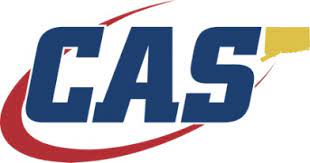


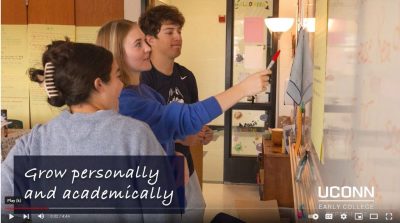


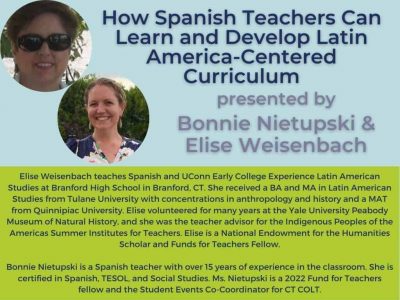
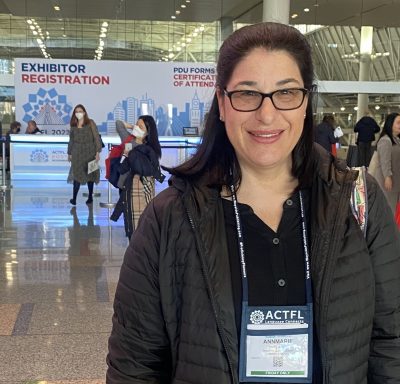
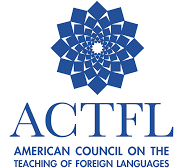 Teaching of Foreign Languages
Teaching of Foreign Languages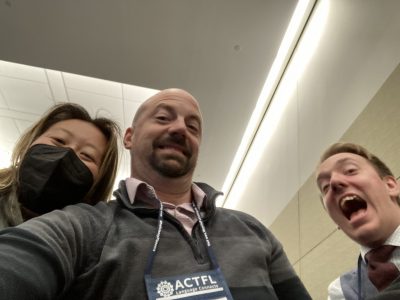 Andrew Morehouse: While attending the 2022 ACTFL conference in Boston, I had some wonderful opportunities for professional development in seeing multiple sessions on utilizing SLA theory in practice (especially with a focus on assessment) and using tech tools that are in line with modern language pedagogy. Additionally, I made connections with several publishers to work on projects with them that will provide better Latin resources for the world. When not at talks or chatting with publishers, I was able to get resources such as novellas for my Spanish classes. All the while, I spent time with dear friends and colleagues and developed deeper bonds and relationships with these folks. I am incredibly appreciative of the funding from UConn that allowed this to happen and I look forward to going to ACTFL Chicago next year to spread more word of the ECE program.
Andrew Morehouse: While attending the 2022 ACTFL conference in Boston, I had some wonderful opportunities for professional development in seeing multiple sessions on utilizing SLA theory in practice (especially with a focus on assessment) and using tech tools that are in line with modern language pedagogy. Additionally, I made connections with several publishers to work on projects with them that will provide better Latin resources for the world. When not at talks or chatting with publishers, I was able to get resources such as novellas for my Spanish classes. All the while, I spent time with dear friends and colleagues and developed deeper bonds and relationships with these folks. I am incredibly appreciative of the funding from UConn that allowed this to happen and I look forward to going to ACTFL Chicago next year to spread more word of the ECE program.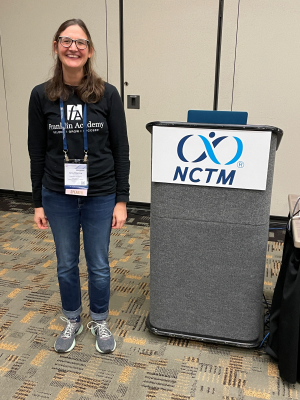 Amy Bigelow: December 1 & 2, math educators converged in Baltimore for the annual
Amy Bigelow: December 1 & 2, math educators converged in Baltimore for the annual 
